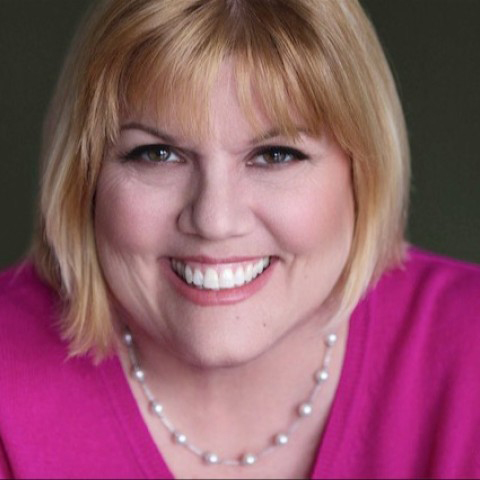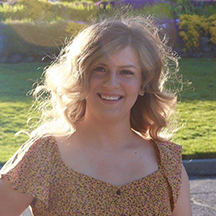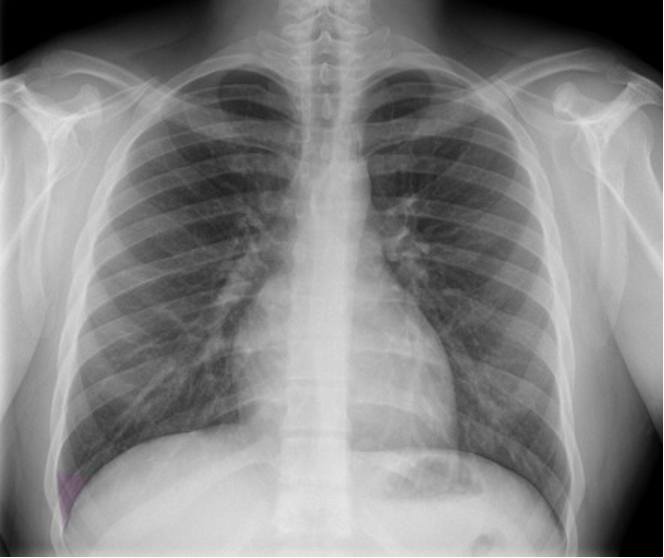Tap to view the case.
Raul is a 32-year-old male who prefers to be called Ray. He was born in the small town of Navojoa, Mexico, and still lives there, except when he is working in central Washington. He works in the orchards from April through November under an H-2A visa. Ray started working on farms with his father, uncles, and older brother in the United States (California, Oregon, Washington) when he was 16 years old.
His wife and 3 children (ages 2, 4, and 8) remain in Mexico. His wife works as a first-grade teacher in the local school. They hope to give their kids better opportunities than farm work.
Ray prefers working in Washington because of the apple harvest—his father and uncles move around in California, depending on the need, while his older brother Javier (a.k.a. Jay) is with him in Washington. While the orchard work is difficult and has long hours, his years in the orchards have given him a little seniority. Ray is always in the orchards early and turns in late. He bunks with his brother, Jay, and two other men. There are another 20 men of varying ages on the crew.
The United States election scared him and others in the immigrant community. While he’s never committed a crime in the states, he received a speeding ticket in Mexico when he was in his early 20s and was stopped once for drinking while driving. Thankfully, he believes the DUI did not go on the books because his brother knew the officer and agreed to look the other way.
Ray does not do drugs, unlike some of the others on the crew who smoke weed (since it is legal in Washington). He has a few beers with Jay and/or other friends on Saturday, since they don’t have to work on Sundays.
About three months ago, Ray came down with a cold: A cough, a sore throat, and a few days of fever. A few of the other guys had similar symptoms, so he was not very concerned. Most of these symptoms went away, but the cough lingered. Ray did not tell his boss, because Ray was concerned his boss would let him go or dock his pay, (although Ray should not have his pay docked for going to the doctor’s office, he knows it has happened to other crew members). Ray felt better, so he continued to work. Admittedly, Ray was more tired than normal, and the cough persisted.
Public Health correlation
Structural and social determinants of health
- What impact does temporary migration (e.g., H-2A workers) have on the health of workers and their families?
Access to care and healthcare utilization
- How might Ray’s visa status, work hours, and employment conditions influence his willingness or ability to seek care?
Occupational and environmental health
- What occupational health risks are apparent in Ray’s work environment?
- How might exposure to pesticides, extreme heat, or poor housing conditions exacerbate respiratory illnesses?
One month later
Ray had a bad bout of coughing, hard enough that it made his chest hurt, and he coughed up a bit of blood, which freaked him out. This had never happened before, but Ray figured the cough was so hard it probably caused the blood and was nothing to worry about. However, despite being concerned that he was still tired, Ray was mostly healthy and never needing to see a doctor, except for a broken arm when he was a teenager.
His brother Jay was not as comfortable about him still being sick. Could this be Covid or something more serious? Ray remembered when everyone got sick during the pandemic and all the problems it caused. With a lot of cajoling, Jay got Ray to the Emergency Department on a Sunday because it was their only day off. However, after sitting in the Emergency Department for four hours, they both decided to leave and see if the cough got better with a little more time.
Think about this
In the Slack channel, discuss access to care and healthcare utilization:
Why do patients like Ray often rely on emergency departments or urgent care, and how does that affect continuity and quality of care?
A week later
Nothing had improved, so Jay and Ray went to a Federally Qualified Health Center (FQHC) urgent care clinic where Ray was seen within 20 minutes. Ray was surprised to hear that he had lost 7 lbs.
Vital signs
- BP 114/68
- HR 82
- RR 16
- T 98.2
- WT 145 lbs.
- HT 68 in.
think about this
Write your differential diagnosis in the Slack channel.
The provider did not find anything abnormal in the exam but ordered:
- A rapid strep test (negative).
- Rapid flu/Covid/RSV (negative).
- Chest radiograph.
Given the CXR results, Ray was prescribed an albuterol inhaler and Z-pak. He was also given a work note for light duty and told to come back in 7–10 days if he was not feeling better.
think about this
Write your CXR interpretation in the Slack channel.
Time off
Ray could not take time off from work, but he did take the medications as prescribed and started to feel a little better. He was able to breathe more easily when he used the inhaler, which he did 3–4 times per day. The cough was not as bad after using the inhaler. However, Ray still felt exhausted. Getting through a shift became increasingly difficult. Finally, Ray told his boss he needed a few days off, and to his surprise, his boss agreed, saying that he had noticed Ray dragging and hoped the rest would get him back to working like he used to. Of course, the “time off” meant Ray had to work in the warehouse instead of out in the fields, but Ray was still working.
One week later
Ray and Jay returned to the clinic because the “time off” had not improved the fatigue or cough. Ray had been advised to follow up in 7–10 days if symptoms did not improve. They saw a different provider, who performed a physical exam, which revealed “something abnormal” when the doctor listened to his lungs. Another CXR was obtained (no image provided, please see the CXR results).
- vital signs
- CXR results
- BP 110/60
- HR 90
- RR 22
- T 100.2
- WT 138 lbs.
- HT 68 in.
- Cardiac and hilar structures unremarkable.
- Persistent consolidation RLL.
- New consolidation RML.
- Persistent effusion, which appears greater than comparison film—recommend clinical correlation.
Given these exam findings, Ray was prescribed Augmentin for 10 days, prednisone 40 mg for 5 days, and a refill of his albuterol inhaler.
Think about this
What is your differential diagnosis now? Keep in mind that in both clinical experiences, Ray is diagnosed with the same issue, (i.e. community-acquired pneumonia). He receives that same treatment, but a different antibiotic (abx) is prescribed. Share your answer to the Slack channel.
Think about this
What pulmonary sounds would you expect to hear given these CXR results? Share your answer to the Slack channel.
After 10 days
Once again, Ray took all the medications as prescribed but felt worse as the week progressed. If he had to go to the Emergency Department, Ray knew he would wait hours before he was seen. However, he asked his brother to take him back to the Emergency Department. Ray hoped to find out what is wrong with him.
Public Health correlation
Access to care and healthcare utilization
- How might language barriers and limited interpreter services impact diagnostic accuracy and patient trust?
Communication and cultural competency
- How does the lack of shared language and limited cultural understanding impact rapport, clinical decision-making, and health outcomes?
- What strategies can healthcare teams use to ensure equitable care when caring for patients who speak different languages and have different cultural experiences?
Image credits
Unless otherwise noted, images are from Adobe Stock.




